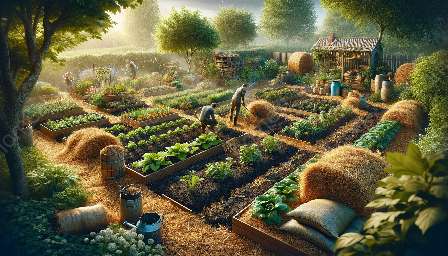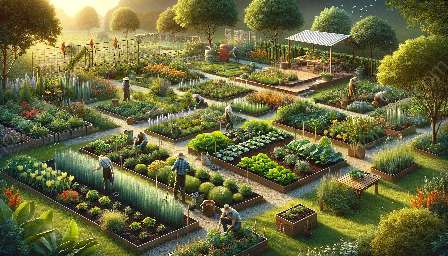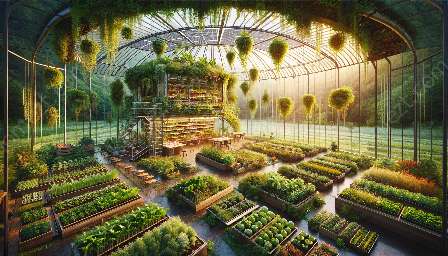Pruning is an essential practice in organic gardening and landscaping, playing a crucial role in maintaining the health and vitality of plants. Whether you're a beginner or an experienced gardener, understanding the principles of pruning can greatly enhance the beauty and productivity of your garden.
Why Pruning Matters in Organic Gardening
Pruning is not just about shaping plants or maintaining their size; it's about promoting overall plant health and optimizing fruit and flower production. In organic gardening, pruning is particularly important because it helps manage pests and diseases, improves air circulation, and allows for better light penetration.
The Benefits of Pruning in Organic Gardening
When done correctly, pruning can stimulate new growth, increase the plant's resistance to pests and diseases, and optimize the use of nutrients. Additionally, it can enhance the aesthetics of the garden, creating a more visually appealing landscape.
Pruning Techniques for Organic Gardening
1. Timing: It's crucial to prune at the right time of the year, such as during the dormant season for most deciduous plants, to minimize stress and maximize recovery.
2. Tools: Use clean, sharp tools to make precise cuts, reducing the risk of disease transmission and promoting quick healing.
3. Pruning Types: Learn about different types of pruning, including thinning cuts, heading cuts, and rejuvenation pruning, to address specific goals for each plant.
4. Training and Shaping: Prune plants to maintain their shape and encourage desirable growth patterns, such as espalier or topiary.
Mistakes to Avoid in Pruning
Over-pruning, cutting at the wrong time, and using improper techniques can harm plants and hinder their potential. Avoid these common mistakes by educating yourself on the specific needs of each plant species.
Pruning in Landscaping
When it comes to landscaping, pruning is a fundamental aspect of maintaining the beauty and functionality of outdoor spaces. Properly pruned trees, shrubs, and bushes can enhance curb appeal, create defined borders, and improve overall aesthetics.
Integrating Pruning with Sustainable Practices
Organic gardening and landscaping often go hand in hand with sustainability. By incorporating organic pruning practices, such as using natural pest control methods and minimizing waste, gardeners and landscapers can contribute to environmental conservation and long-term ecosystem health.
Conclusion
Pruning is not just a routine task; it's a skill that requires knowledge, patience, and dedication. By embracing the art of pruning in an organic gardening and landscaping context, you can nurture thriving plants, create harmonious outdoor environments, and contribute to a greener, more beautiful world.





















